Introduction
Green methanol, a sustainable alternative to conventional methanol, is gaining momentum in the renewable fuels industry. With a deep understanding of this industry, this article provides technical insights and analysis for readers. Conventional methanol production from fossil fuels poses environmental challenges, emitting greenhouse gases and pollutants.
However, the spotlight is now on green methanol, which utilizes green hydrogen to produce low-carbon fertilizers and serves as a cleaner fuel alternative. The article explores the emergence of green methanol in various sectors, including shipping and chemical manufacturing. It delves into the production process, applications, and economic benefits of green methanol, highlighting its potential in driving the transition to a more sustainable and low-carbon future.
As the global demand for methanol is projected to triple by 2050, the article discusses the challenges and policy frameworks that need to be addressed to meet this growing demand. Overall, it provides a comprehensive overview of the significance and potential of green methanol in the renewable fuels industry.
Traditional Methanol Production and Its Environmental Impact
Conventional methanol production, predominantly from fossil fuels like natural gas or coal, poses significant environmental challenges by emitting substantial greenhouse gases and pollutants. This industrial process is integral to the creation of chemicals such as formaldehyde, acetic acid, and plastics, and even serves as a fuel for engines. However, with the climate crisis urging a shift towards sustainable practices, the spotlight now turns to green methanol.
This cleaner alternative, exemplified by Fertiberia and Heineken Spain's initiative, leverages green hydrogen to produce low-carbon fertilizers, thereby minimizing the carbon footprint of agricultural processes like malting barley cultivation—a critical ingredient in beer production.
The pioneering efforts of these companies, which have earned recognition from the Institut Cerdá's Observatory of Innovation in Mass Consumption, signal a profound transformation in industrial practices. By integrating cutting-edge agriculture 4.0 technologies and big data analytics, they achieve highly efficient application techniques, contributing to Heineken's ambitious goal of reducing CO2e emissions by 30% and reaching net zero by 2040.
Green methanol's emergence as a fuel alternative, particularly in the shipping industry, further underscores its potential. The world witnessed the launch of the Laura Maersk, the inaugural methanol-powered container ship, marking a historic milestone in reducing international shipping's greenhouse gas emissions, which account for 3% of the global total. Despite green methanol's higher production costs compared to its fossil-based counterpart, and its toxic and flammable nature, the adoption of new engine technologies and safety measures like DESMI's mag-drive centrifugal pumps paves the way for its wider use.
With the global demand for methanol projected to triple by 2050, predominantly in the form of green methanol, the industry faces the challenge of significantly increasing non-fossil methanol production capacity. This shift towards green methanol is a crucial step in meeting the growing demand for cleaner fuels, essential in the journey towards a more sustainable and low-carbon future.
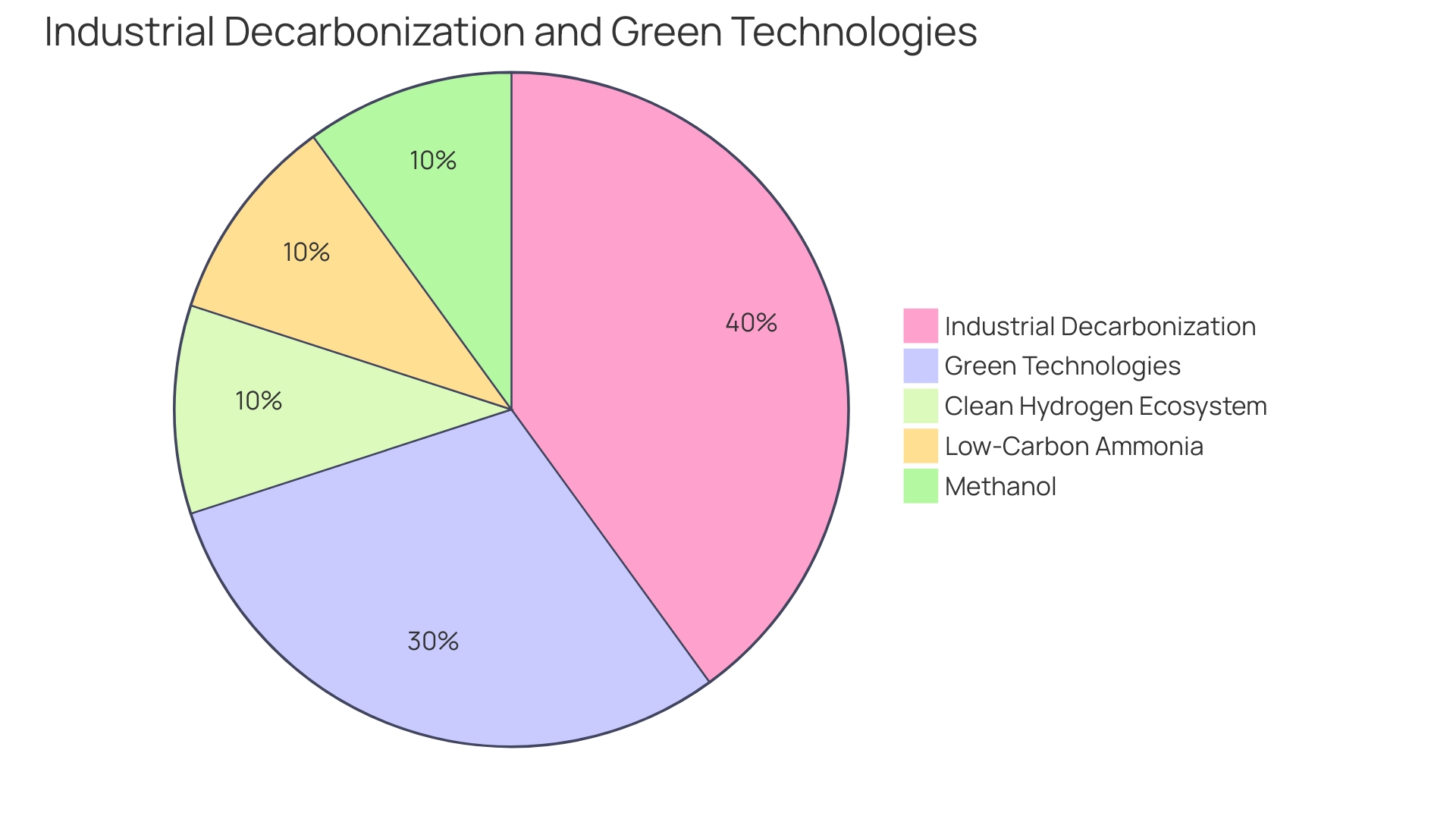
What is Green Methanol?
Green methanol emerges as a sustainable alternative to its fossil-based counterpart, produced from renewable energy sources and carbon dioxide captured from industrial outputs or the atmosphere. This innovative bio-methanol, synthesized through the electrolysis of water, is paving the way for a low-carbon future in various industrial applications. Taking a cue from pioneering projects like Fertiberia and Heineken Spain's collaboration, which replaces natural gas with green hydrogen to reduce emissions in barley cultivation, green methanol is stepping into the spotlight.
This project, honored by the Institut Cerdá, highlights the potential of renewable energy in creating zero-impact manufacturing processes and utilizing advanced Agriculture 4.0 technologies based on big data for efficient application techniques.
Methanol, widely used in the production of chemicals like formaldehyde, acetic acid, and plastics, is also gaining traction as a clean-burning fuel. The push for green methanol aligns with global initiatives, such as those led by the Bloomberg New Economy Climate Technology Coalition, which advocates for the rapid scale-up of green technologies to address climate change. As methanol requires 2.5 times the volume to store the same energy content as oil and is more costly to produce than its fossil equivalent, the challenge lies in driving down production costs and scaling up production capacity.
With a projected demand increase to 300 million tons annually by 2050, industry leaders like C2X are concentrating on large-scale green methanol production, with projects in strategic locations such as near the Suez Canal and the port of Huelva.
Despite the challenges, there is strong regulatory support and customer demand for green methanol, especially as a fuel in 'hard-to-abate' sectors like long-distance shipping, where it can significantly reduce fossil emissions. In the broader context of sustainable fuels, green methanol forms an integral part of the transition to a decarbonized economy, with its role in sectors like maritime, aviation, and building heating anticipated to grow alongside government policies and technological advancements.
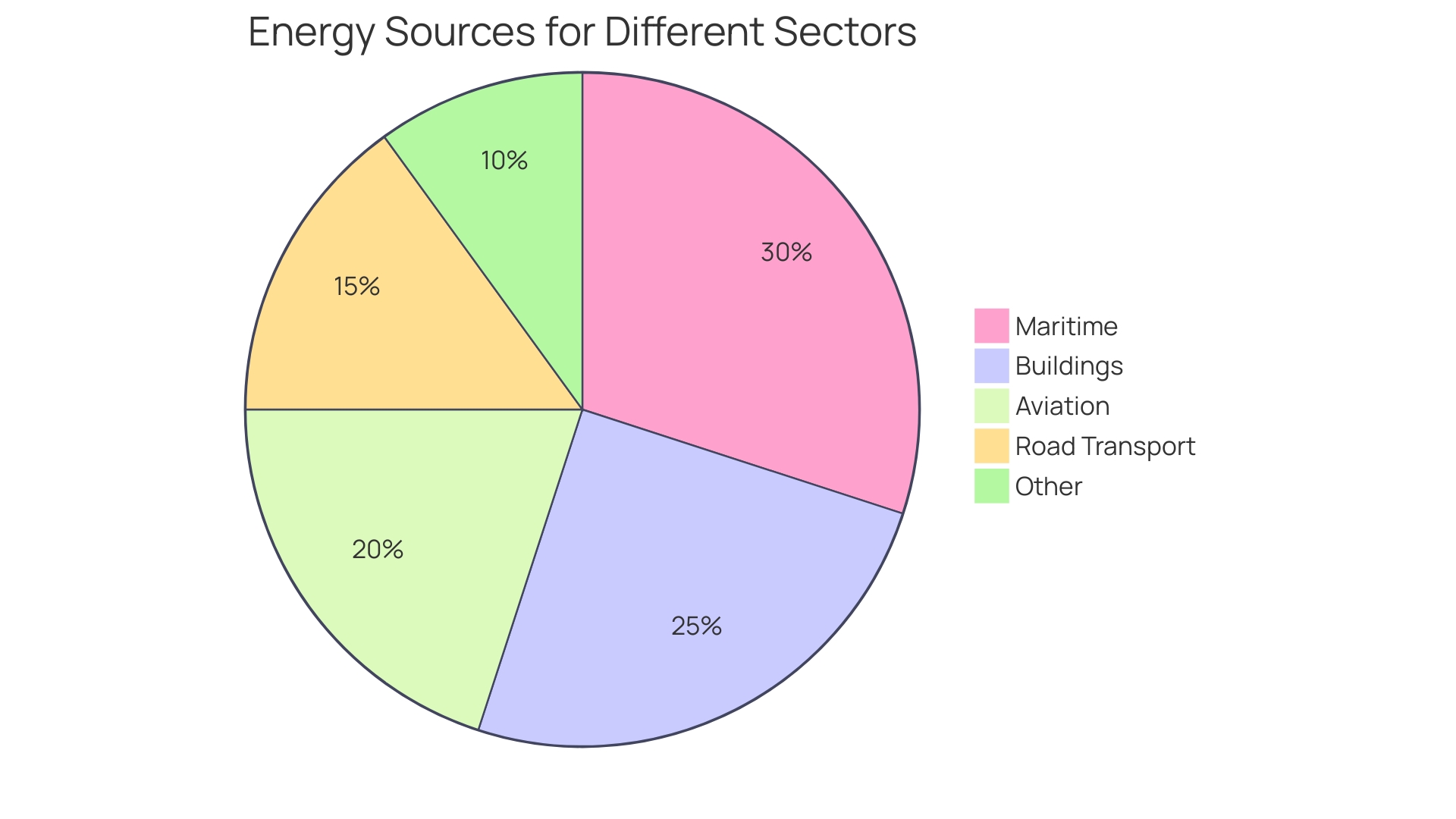
Production Process of Green Methanol
Green methanol production is a complex process that hinges on the integration of green hydrogen and efficient CO2 capture technologies. At its core, this innovative approach involves using renewable energy sources to generate green hydrogen through electrolysis, a method that offers a cleaner alternative to traditional fossil fuels. Technion Faculty of Materials Science and Engineering researchers have unveiled a technology that could reduce costs and hasten the adoption of green hydrogen.
Moreover, capturing CO2 is not just about reducing emissions; it's about reusing it as a critical feedstock. Pioneering projects like the collaboration between Fertiberia and Heineken Spain exemplify this by using green hydrogen to produce low-carbon fertilizers, thereby reducing the carbon footprint of agricultural practices and supporting the cultivation of malting barley with reduced environmental impact. This initiative underscores the significance of sustainable agriculture in achieving broader emission reduction goals.
Catalysts play a pivotal role in the efficient conversion of these components into high-quality green methanol. Aided by advances in technology, these catalysts enable the production of green methanol, which is increasingly recognized as an essential commodity. It is a staple in manufacturing a wide array of products, including plastics, glues, and textiles, and is also emerging as a promising fuel alternative for industries like long-distance shipping.
This shift towards green methanol is underscored by the significant investment by companies such as Moller Holding, which aims to ramp up production capacity to over three million tons by 2030. The transition from fossil-based to renewable methanol is critical, especially considering projections that methanol demand may triple by 2050, with green methanol poised to meet the lion's share of this demand.
These developments reflect a broader industry trend towards sustainability, as evidenced by the world's first methanol-run freight ship, the Laura Maersk, docking at the Port of Felixstowe. Such milestones are indicative of the maritime sector's commitment to reducing its carbon footprint and are a part of the global effort to combat climate change by exploring and implementing renewable fuel sources.
Applications of Green Methanol
Green methanol, formed from biomass or captured CO2, is a renewable energy source with a burgeoning array of applications in various sectors. Its role as a chemical feedstock is critical in producing eco-friendly plastics, solvents, and a spectrum of chemical compounds, supporting industries in their quest for sustainability. The potential of green methanol extends to its use as an energy carrier, with its adaptability shining in fuel cells and combustion engines.
Notably, its incorporation as a blending component for traditional gasoline and diesel fuels marks a significant step toward cleaner transportation.
The maritime sector, in particular, is witnessing a transformative shift with green methanol's emergence as a viable alternative fuel. This shift is exemplified by the Eco Maestro, a vessel fueled by green methanol, which has set a precedent in Estonia for sustainable shipping. The vessel's operation aligns with the Port of Tallinn's ambition to achieve climate neutrality and underscores the wider adoption of green methanol in mitigating the maritime industry's environmental impact.
As part of the global effort to decarbonize 'hard-to-abate' industries, the Bloomberg New Economy Climate Technology Coalition pinpoints green methanol as a key player. This substance, while more costly and voluminous compared to conventional oil, is instrumental in reducing fossil fuel reliance and greenhouse gas emissions. The Coalition's research, supported by BloombergNEF, underscores the urgency of scaling clean hydrogen ecosystems and integrating green methanol to combat climate challenges.
The demand for green methanol is forecasted to surge, potentially tripling by 2050. This increase is driven by its versatility and the need to replace fossil methanol in everyday products such as plastics, glues, and textiles. The green variant's production is centered around renewable energy sources, offering a pathway to reduce emissions in industries like long-distance shipping.
Projects like the collaboration between Fertiberia and Heineken Spain demonstrate the real-world application of green methanol. By shifting to low-carbon fertilizers and embracing agriculture 4.0 technologies, they aim to reduce CO2e emissions in their supply chain, moving toward a net-zero future. This innovative approach to barley cultivation for beer production is just one example of how green methanol can facilitate the transition to a more sustainable economy.
Industrial Uses: Chemical Feedstock and Manufacturing
Green methanol is transforming industries by offering a sustainable and eco-friendly alternative to conventional methanol. This substance, often derived from biomass or captured CO2, is critical as a chemical feedstock in the production of a wide array of products. By embracing green methanol, industries can significantly reduce carbon emissions, bolster sustainability, and contribute to a more circular economy.
One striking example is the collaboration between Fertiberia and Heineken Spain, which has led to the production of low-carbon fertilizers by substituting natural gas with green hydrogen. This innovation is part of a broader sustainability roadmap aimed at reducing CO2 emissions by 30% across their value chain by 2040, thus progressing towards a net-zero goal.
The maritime industry is also making strides with the introduction of Eco Maestro, a vessel powered by green methanol. This marks a noteworthy advancement in sustainable shipping, as green methanol can slash greenhouse gas emissions by up to 65% compared to traditional marine fuels.
The global market for methanol, a fundamental component in products like plastics, glues, and textiles, is witnessing a paradigm shift towards green methanol. This shift is necessitated by the urgent need to mitigate the climate crisis and lower greenhouse gas emissions. Green methanol, notwithstanding its higher production costs and energy content considerations, is re-emerging as a promising alternative to fossil fuel-derived methanol.
In the realm of synthetic biology, companies like Solugen are leveraging artificial intelligence to design enzymes that simplify the chemical production process. Such advancements are instrumental in converting biomass, such as corn sugar, into valuable chemicals, thereby streamlining manufacturing while adhering to sustainability principles.
The demand for methanol is projected to triple by 2050, with a substantial portion expected to be green methanol. Meeting this demand will require a significant increase in global production capacity. As industries confront the challenges of decarbonization, the move towards green methanol is a testament to the combined efforts of technology specialists, researchers, financiers, and industrial experts.
Collectively, they are working towards scaling up climate-friendly technologies and reducing emissions in 'hard-to-abate' sectors.
In summary, the industrial application of green methanol is not only a testament to technological innovation but also a commitment to environmental stewardship. It reflects a growing trend where traditional processes are reimagined to meet the demands of a more sustainable future.
Energy Carrier and Transportation Fuel
Amidst the pursuit of sustainable energy solutions, green methanol has surfaced as a promising contender. Initially overshadowed by the push for electrification and hydrogen, this colorless liquid, commonly utilized in producing chemicals and plastics, is gaining traction as an alternative fuel source for engines. While green methanol is more expensive to produce than its fossil counterpart, its role as an energy carrier and a transportation fuel is increasingly significant.
Fuel cells leveraging green methanol are at the forefront, converting methanol's chemical energy into electricity with high efficiency. This technology, alongside bio-waste and hydrogen integration, is paving the way for energy optimization. Norwegian Hydrogen AS' Øyer project exemplifies this, aiming to produce 150,000 tons of bio-e-methanol annually, complemented by 15,000 tons of green hydrogen from electrolysis.
The maritime industry, too, is embracing green methanol. Maersk's new feeder vessel, christened with expectations of leading a 'decade of action,' signifies the industry's commitment to cleaner fuel alternatives. Similarly, the arrival of Eco Maestro, a methanol-fueled ship in Estonia, underscores the potential for green methanol to reduce greenhouse gas emissions by up to 65% compared to conventional marine fuel.
The Bloomberg New Economy Climate Technology Coalition reinforces the urgency of scaling up climate-critical green technologies. Green methanol's inclusion in their agenda to decarbonize 'hard-to-abate' sectors is a testament to its growing importance. This collective of researchers, technologists, and industry leaders strives to overcome barriers to clean hydrogen ecosystems and promote low-carbon solutions.
In summary, while green methanol faces challenges such as toxicity, flammability, and energy density concerns, its adoption in fuel cells and as a clean-burning fuel for combustion engines showcases its potential to contribute meaningfully to the green transition, reducing greenhouse gas emissions, and improving air quality.
Maritime Fuel Applications
In an industry that is pivotal to global trade yet a significant contributor to greenhouse gas emissions, the maritime sector is navigating towards a more sustainable future with green methanol as a key player. This alternative fuel offers a viable route to decarbonization, with companies like A.P. Moller - Maersk leading the charge by incorporating new technologies and green fuels into their operations to achieve net-zero emissions by 2040.
The adoption of green methanol in the maritime industry comes with substantial environmental benefits. Notably, it reduces sulfur and nitrogen oxide emissions, which are prevalent in traditional maritime fuels. The Maersk fleet, including the pioneering methanol-powered container ship Laura Maersk, showcases the potential of this bio-based fuel.
Maersk's foray into methanol-fueled vessels, with 25 additional ships on order, highlights a broader industry trend towards cleaner energy sources.
Amidst this transition, there are practical considerations to be addressed. Green methanol, while holding promise, is more costly to produce than its fossil-based counterpart and requires larger volumes for equivalent energy content. However, innovations such as DESMI's new mag-drive centrifugal pumps are optimizing methanol's use by ensuring safe, leak-free fuel systems.
As the maritime industry sets sail towards a green horizon, the Global Maritime Forum and initiatives like the Port of Gothenburg's welcoming of methanol-powered ships underscore the collective effort to mitigate climate impacts. Such endeavors are bolstered by the industry's call for a global decarbonization framework and increased investment in clean fuel technologies. The transformation is underway, with financial and regulatory support channeling towards countries most affected by the energy transition, fostering a more equitable and climate-resilient maritime future.
Ecological and Economic Benefits
Green methanol stands at the forefront of green chemistry, offering compelling ecological and economic advantages. Its capability to significantly curtail greenhouse gas emissions positions it as a vital player in combating climate change and promoting environmental sustainability. A noteworthy example is the Øyer project in Gudbrandsdalen, aiming for an annual production of 150,000 tons of bio-e-methanol, which is complemented by local production of 15,000 tons of green hydrogen from electrolysis.
This venture exemplifies the symbiosis between bio-waste and hydrogen, maximizing energy utilization and yielding a green liquid hydrogen carrier at an economical price point, fueling the green transition.
Economically, green methanol sparks job creation and energy security. It holds the potential to generate significant revenue through the adoption of carbon capture and utilization technologies. As cited by Moller Holding, plans are underway to achieve an annual production capacity exceeding three million tons by 2030, reflecting the escalating global demand for non-fossil methanol.
By 2050, it is projected that the annual demand for methanol could surge to approximately 300 million tons, predominantly green methanol, underscoring the need for a considerable upsurge in production capacity.
In the realm of shipping, green methanol is making waves by powering vessels like the Eco Maestro and Laura Maersk, marking historic milestones in sustainable shipping. These developments are not just incremental; they represent a paradigm shift in how the maritime industry addresses its carbon footprint, with international shipping accounting for about 3% of global greenhouse gas emissions. The transition to green methanol as a fuel in this sector highlights its utility in reducing fossil emissions, particularly in industries where decarbonization presents significant challenges.
Despite its benefits, green methanol faces production challenges, being more expensive and necessitating 2.5 times the volume compared to oil to store equivalent energy content. Nevertheless, the impetus to find sustainable, low-carbon alternatives to traditional fossil fuels remains unwavering. With the concerted efforts of the Bloomberg New Economy Climate Technology Coalition and other stakeholders, the focus on accelerating the adoption of climate-critical green technologies like green methanol is stronger than ever, poised to play a critical role in the global quest to avoid a climate catastrophe.
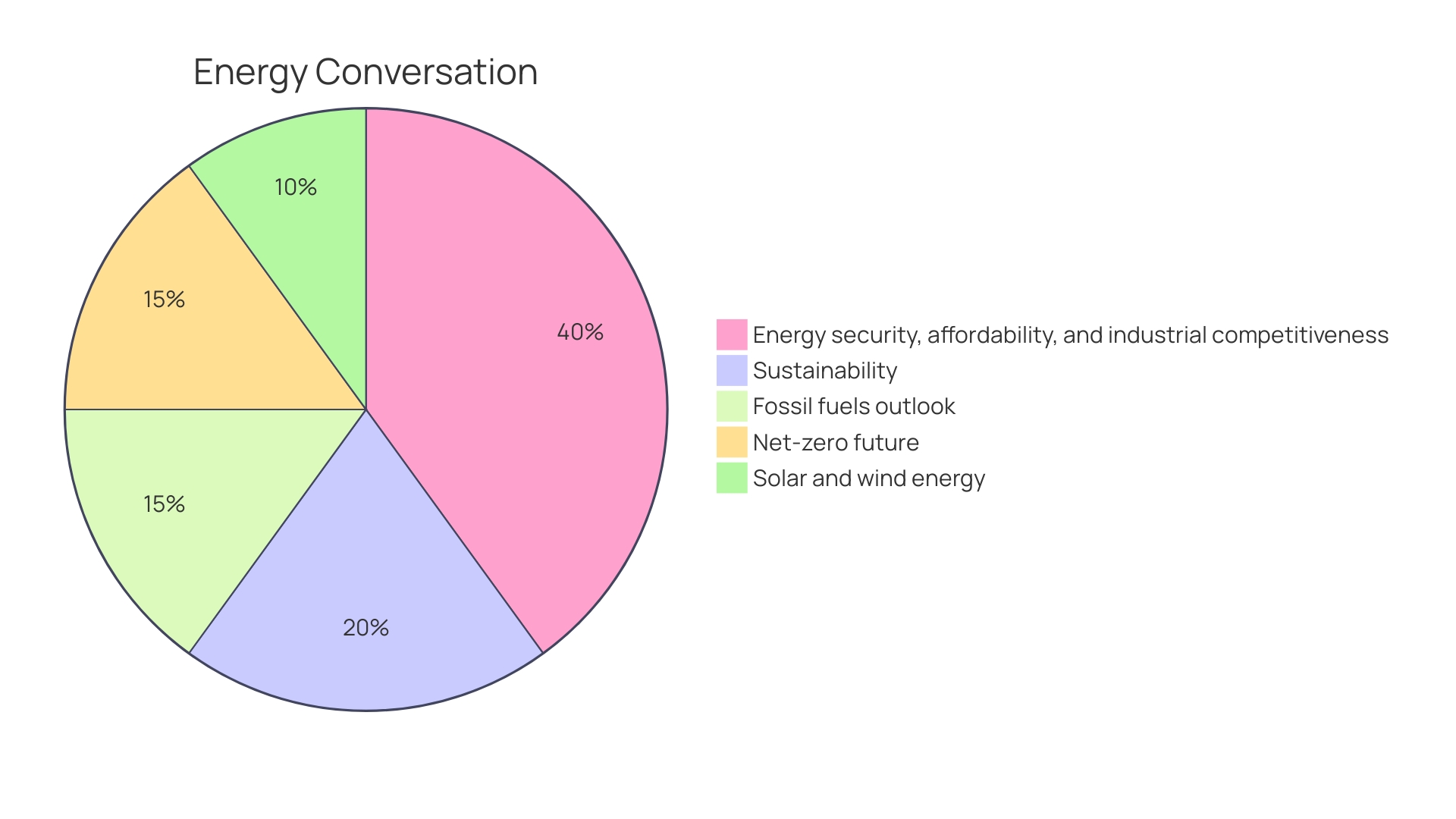
Global Market and Future Prospects
The landscape for green methanol, a key player in the green chemistry arena, is undergoing a significant transformation. As a renewable fuel and chemical source, green methanol is gaining traction due to its potential to reduce greenhouse gas emissions and reliance on fossil fuels. Current market trends indicate a surge in demand for green methanol, propelled by stringent environmental regulations and the call for sustainable chemical production.
At the forefront of this shift is the innovative production of bio-e-methanol, which combines bio-waste with hydrogen to create a green liquid hydrogen carrier. Notably, a project in Øyer, Gudbrandsdalen, is set to produce 150,000 tons of bio-e-methanol annually, showcasing the symbiotic relationship between biomass energy and hydrogen in generating efficient green methanol at competitive prices.
Despite its potential, green methanol faces challenges such as its toxicity, flammability, and the fact that it requires 2.5 times the volume compared to oil to store the same amount of energy. Moreover, it is more costly to produce than its fossil-based counterpart. Nevertheless, advancements in engine technology are enabling green methanol to serve as a fuel in sectors that are difficult to decarbonize, such as long-distance shipping.
The global methanol market, primarily driven by its use in producing plastics, glues, and textiles, is poised for a threefold increase in demand by 2050, with green methanol expected to dominate this growth.
Significant investments and collaborations are taking place to meet this demand, with Moller Holding aiming for an annual production capacity of over three million tons by 2030. Prominent initiatives like the Bloomberg New Economy Climate Technology Coalition are working to accelerate the development of green technologies like green methanol. This coalition of technology specialists, researchers, and industry experts is dedicated to overcoming the hurdles in scaling up clean hydrogen ecosystems and fostering low-carbon alternatives in hard-to-abate industries.
The push for green methanol aligns with global efforts to mitigate climate change impacts, as traffic contributes to nearly a quarter of all CO2 emissions worldwide. Electric vehicles (EVs) and green fuels like methanol are critical to achieving carbon-neutral transportation. With the electric vehicle market expanding in regions with public charging infrastructure, the integration of green methanol into the energy mix stands as a complementary strategy to electrification in reducing carbon emissions.
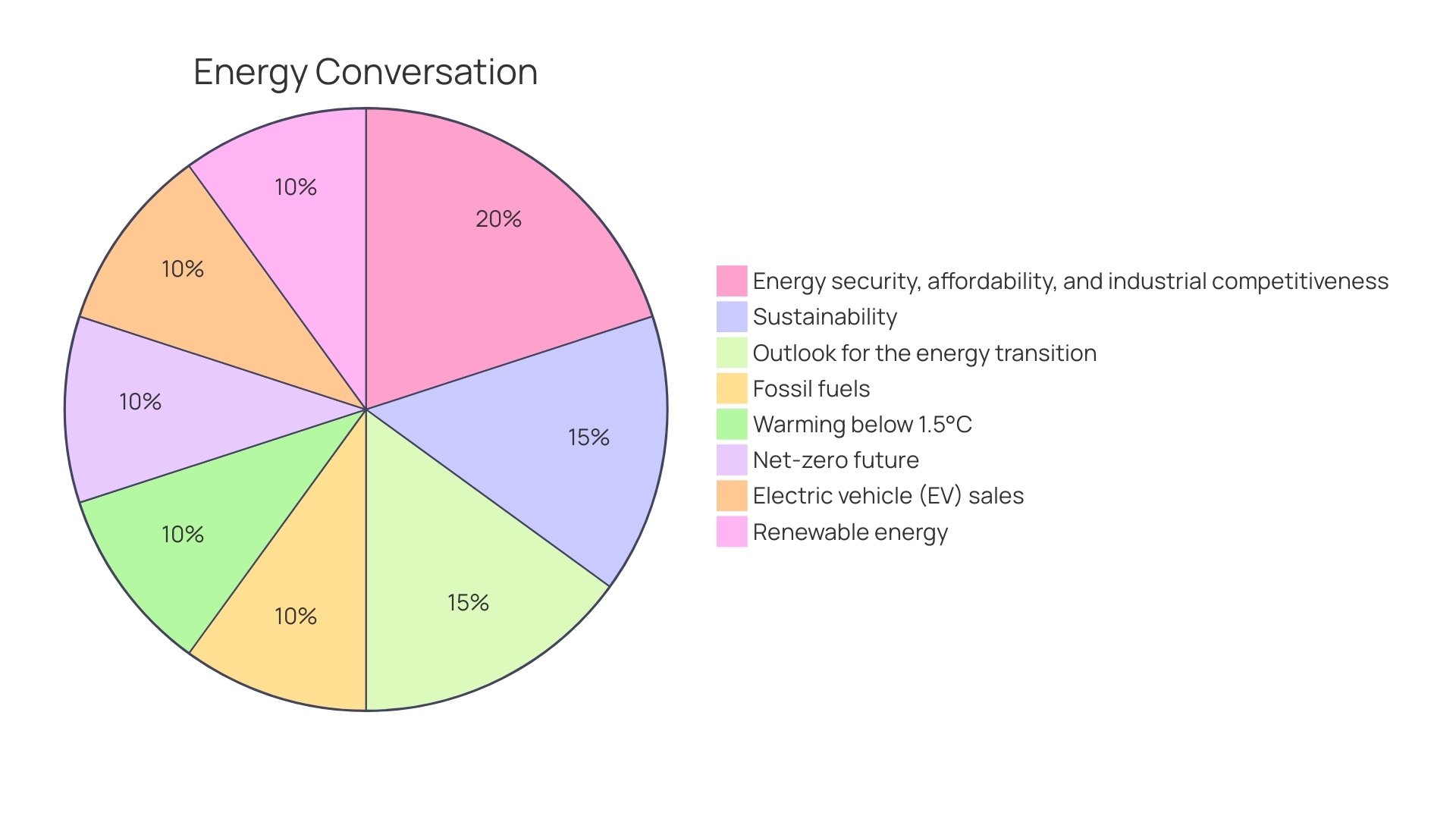
Challenges and Policy Frameworks
Green methanol emerges as a promising renewable energy source, capable of reducing emissions in industries where other green alternatives are not feasible. It's not just a clean fuel; it's an essential ingredient in producing everyday items like plastics, textiles, and adhesives. This versatility and necessity mean that embracing green methanol could be transformative.
Notably, the production of green methanol marries the benefits of bio-waste with the limitless potential of hydrogen. For instance, a pioneering project in Øyer, Gudbrandsdalen, aims to produce an impressive 150,000 tons of bio-e-methanol annually. This project also includes the creation of 15,000 tons of green hydrogen through electrolysis, setting a precedent for how local resources can fuel the hydrogen industry.
The shift to green methanol is not without its challenges. It requires substantial enhancements in production capacities to meet the escalating demand, which could surge to approximately 300 million tons by 2050. To achieve this, a significant departure from traditional fossil fuel-based methanol production is essential, with green methanol poised to be the majority.
Companies like ABEL Energy in Australia and Johnson Matthey globally are at the forefront of this transition, with ABEL Energy's focus on green hydrogen for green methanol production and Johnson Matthey's two centuries of expertise in sustainable technologies. Moreover, Moller Holding's ambitious goal to exceed three million tonnes of production by 2030 underlines the industry's commitment to scale.
The quest for a sustainable energy future has placed 'green' hydrogen at the forefront. As a zero-emission fuel, it's not just about the energy it can provide; it's about the emissions it doesn't produce. The industry is looking at innovative ways to harness this potential through Dispatchable Emissions-Free Resources (DEFRa), ensuring a constant energy supply without the intermittency issues of wind or solar power.
Power-to-X technologies are essential in this transformation, allowing the conversion of green electricity into versatile energy carriers. They offer a solution for sectors that cannot directly use green electricity, such as shipping or aviation, and industries like steel and cement production, which are substantial carbon emitters.
The development of green methanol and its integration into our energy systems and industries is a complex task. It requires collaborative efforts from stakeholders across the spectrum, including industry, environmental groups, and governments. International workshops and discussions, such as those guided by the Chatham House Rule, are crucial in identifying equitable and viable pathways for the decarbonization of essential materials while recognizing the hurdles that lie ahead.
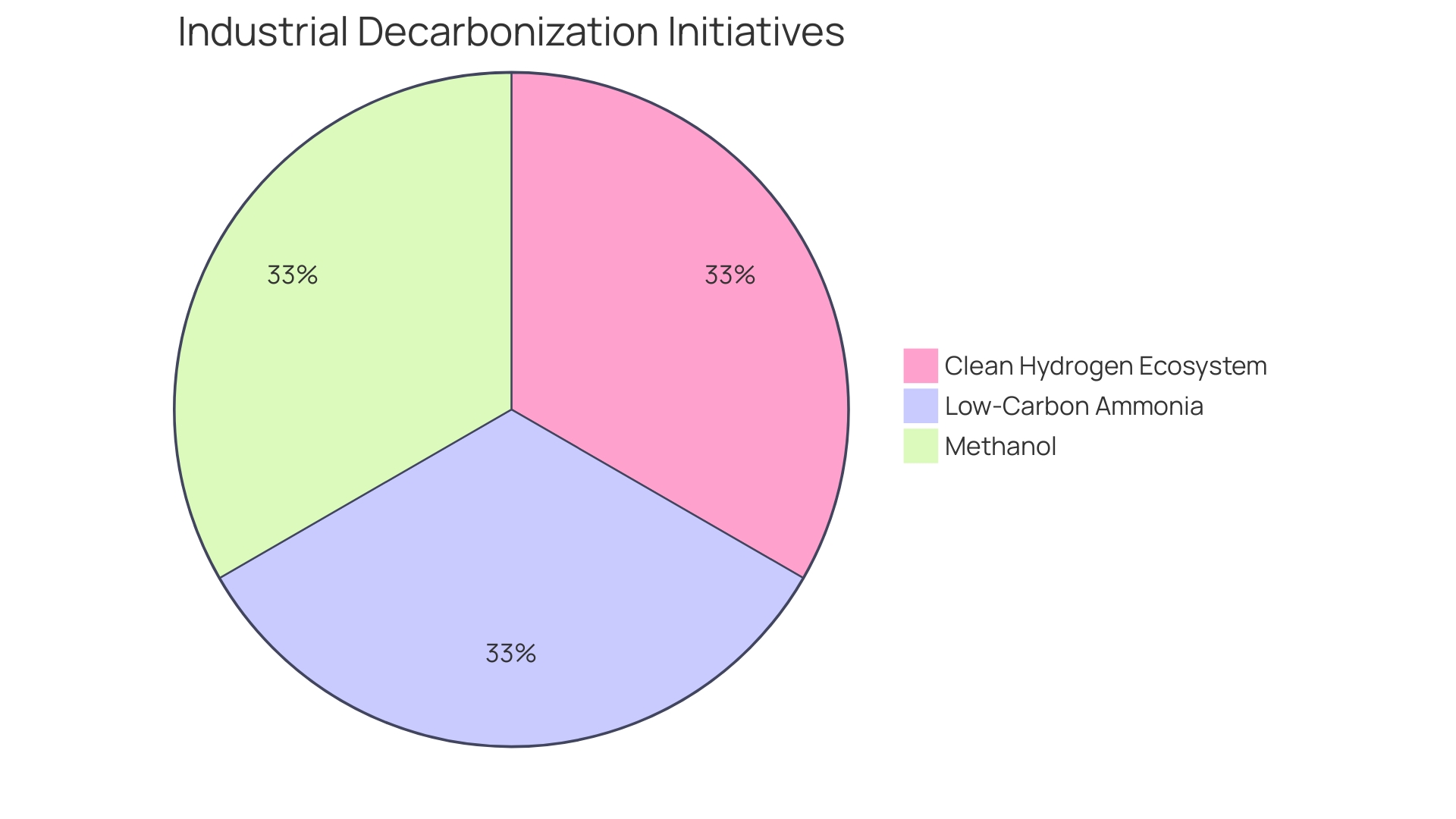
Conclusion
In conclusion, green methanol is gaining momentum as a sustainable alternative to conventional methanol. It offers significant environmental benefits, serving as a cleaner fuel alternative and a source of low-carbon fertilizers. Green methanol has emerged in various sectors, including shipping and chemical manufacturing, driving the transition to a more sustainable and low-carbon future.
With the global demand for methanol projected to triple by 2050, green methanol is expected to play a crucial role in meeting this growing demand. Despite challenges such as higher production costs, it is gaining regulatory support and customer demand, particularly in 'hard-to-abate' sectors like long-distance shipping.
Green methanol has a wide range of applications, including chemical feedstock, manufacturing, and transportation fuel. It supports industries in their sustainability efforts by producing eco-friendly plastics, solvents, and chemical compounds. In the maritime sector, it is transforming shipping by reducing greenhouse gas emissions and promoting cleaner energy sources.
The adoption of green methanol brings ecological and economic benefits. It significantly reduces greenhouse gas emissions, contributing to the fight against climate change. Moreover, it has the potential to create jobs and enhance energy security, driving economic growth in the renewable fuels industry.
While challenges remain, the industry is committed to finding sustainable alternatives to traditional fossil fuels. Green methanol is seen as a key player in achieving a more sustainable and low-carbon future, supported by technological advancements, regulatory frameworks, and collaboration among stakeholders.
In summary, green methanol is a sustainable alternative to conventional methanol, offering significant environmental benefits and a range of applications in various sectors. Its adoption is crucial for driving the transition to a more sustainable and low-carbon future. Efforts are focused on addressing challenges and implementing policy frameworks to support the widespread use of green methanol in the renewable fuels industry.




